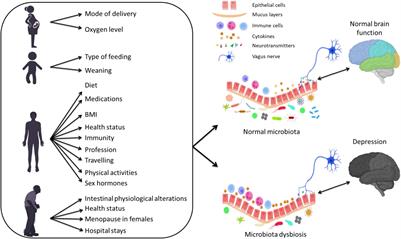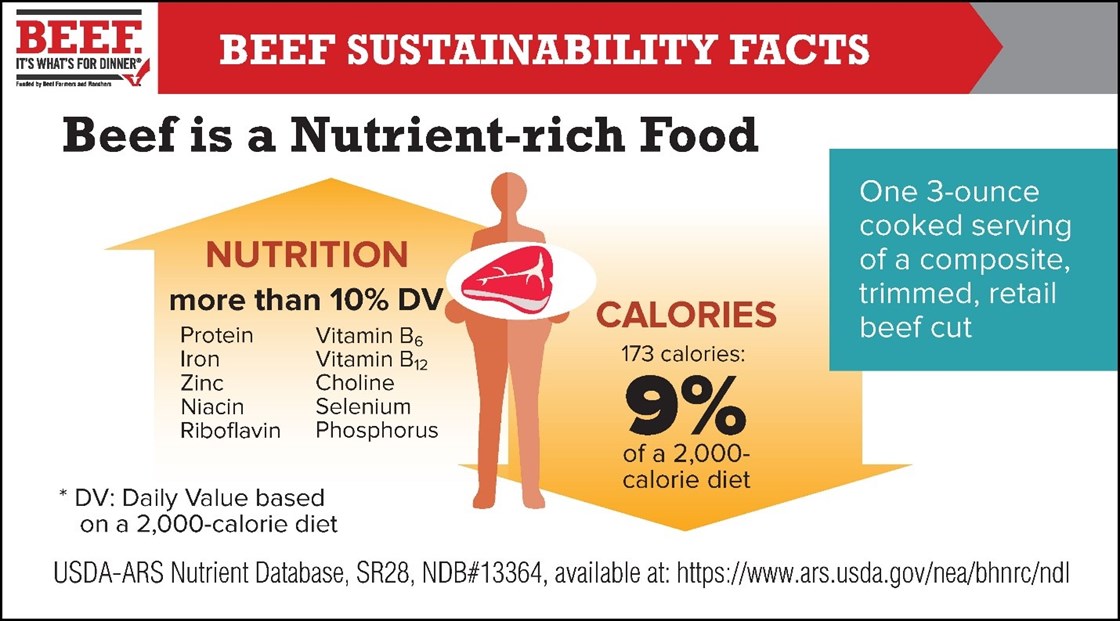
When it comes to eating a healthy diet, you may be wondering if a lacto-ovo vegetarian meal plan is for you. There are many benefits of this kind of diet, but how do you know which foods are best for you? This article describes the benefits of this type diet, as well as the foods you should include. This article will help guide you to a lactoovo vegetarian diet.
2,000-calorie lacto-ovo vegetarian meal plan
A 2,000-calorie lacto-ovo diet follows the recommendations of the Dietary Guidelines for Americans. The typical day's meal should consist of a variety of vegetables, grains, and fruits, as well as protein sources like tofu and nuts. You should also add about two cups of dairy products to your diet and two tablespoons of vegetable oil. You can include up to half of an egg in your diet.

You should aim to spread the 2,000-calorie diet out over the course of a day. This will allow you to eat without feeling stuffed or hungry. Also, make sure you have at most three meals and two snacks each day. You won't feel tempted not to eat enough or skip a single meal. You should also allow yourself enough time for snacks.
Benefits
You might consider switching to a lacto-ovo vegetarian diet if you want to make dietary changes to improve your health. A lacto vegetarian diet is one that includes eating a variety vegetables, fruits, and vegetable proteins. Dietary Guidelines for Americans recommends a healthy eating plan with appropriate calories. Here are some tips to help you transition.
Lacto ovo vegetarian meal plans don't exclude red or white meat, but they do include dairy products such as milk and eggs. The diet is high in vitamin D as well as calcium. Soybeans, legumes, and nuts are also acceptable sources of protein. Dairy products are also a good source of iron, zinc and other nutrients. For vegetarians, a lacto ovo diet is a delicious way to get the nutrients they need.
What foods should you include?
Your lifestyle and intake of milk and meat will influence the foods you choose. A lacto-ovo vegetarian meal plan will have lots of fruits, vegetables, protein, and other vegetable options. Following the recommendations of the Dietary Guidelines for Americans, you should aim to include a variety of foods in your daily diet. Also, you should aim to keep your calorie count at a minimum and adopt a healthy eating routine.

You should choose foods rich in iron and calcium if you are looking to eat a lacto-ovo vegetarian diet. Eggs, milk, and dairy products are a great source of calcium and protein for lacto-ovo vegetarians. You can eat foods from all food groups as a lacto-ovo vegetarian to ensure you have enough protein and avoid any micronutrient deficiencies.
FAQ
What lifestyle is most healthy?
Healthy lifestyles include eating healthy food, regular exercise, good sleep, and avoiding stress. This will ensure that you live a long healthy life.
Starting small can make a big difference in your diet, and even your exercise routine. For example, if you want to lose weight, try walking for 30 minutes every day. Or, if you want to get more active, take up swimming or dancing. A Fitbit or Strava online program that tracks your activity can be joined.
What is the difference of fat and sugar?
Fat can be a source of energy that is obtained from food. Sugar is a sweet, naturally occurring substance in fruits and vegetables. Both sugars, and fats, have the same calories. Fats have twice the calories of sugars, however.
Fats are stored within the body and can contribute to obesity. They cause cholesterol buildup in arteries which may lead to heart attacks and strokes.
Sugars are quickly absorbed and provide instant energy. This causes blood glucose levels to rise. High blood glucose levels can be dangerous because it increases the risk of developing type II diabetes.
Is it possible to have a weak immune system due to being cold?
Cold makes you weaker because you have less white blood cells to fight infections. Cold can also make you feel better as your brain releases endorphins, which reduce pain.
How can I live my best everyday life?
It is important to identify what makes you happy. Once you have a clear understanding of what makes you happy you can go backwards. You can also ask other people how they live their best lives every day.
You might also enjoy books like "How to Live Your Best Life", by Dr. Wayne Dyer. He talks about finding happiness and fulfillment in all aspects of our lives.
How can I get enough vitamins
The majority of your daily nutritional needs can be met solely through diet. Supplements can be helpful if you are lacking in any one vitamin. Multivitamin supplements can be taken that contain all the vitamins you need. Or you can buy individual vitamins from your local drugstore.
Talk to your doctor if there are any concerns about getting adequate nutrients. You can find vitamins K and E in dark green leafy vegetable such as spinach, kale and turnip leaves, as well romaine lettuce and arugula.
Ask your doctor if you're not sure how many vitamins you should take. Based on your medical history, and current health status, your doctor will recommend the right dosage.
Statistics
- This article received 11 testimonials and 86% of readers who voted found it helpful, earning it our reader-approved status. (wikihow.com)
- According to the Physical Activity Guidelines for Americans, we should strive for at least 150 minutes of moderate intensity activity each week (54Trusted Source Smoking, harmful use of drugs, and alcohol abuse can all seriously negatively affect your health. (healthline.com)
- nutrients.[17]X Research sourceWhole grains to try include: 100% whole wheat pasta and bread, brown rice, whole grain oats, farro, millet, quinoa, and barley. (wikihow.com)
- Extra virgin olive oil may benefit heart health, as people who consume it have a lower risk for dying from heart attacks and strokes according to some evidence (57Trusted Source (healthline.com)
External Links
How To
What does the "vitamin") mean?
Vitamins are organic compounds found naturally in food. Vitamins aid us in absorbing nutrients from the food we eat. Vitamins cannot come from the body so food must provide them.
There are two types vitamins: water soluble or fat soluble. Water-soluble vitamins dissolve easily when they are dissolved in water. Vitamin C,B1(thiamine), B2 (2riboflavin), and B3 (3niacin), as well as vitamin C,B1, B2 (riboflavin), and B3 (niacin), vitamin B6 (pyridoxine), vitamin folic acid (biotin), pantothenic, and choline are examples. The liver and fatty tissue are the main storage places for fat-soluble vitamins. Vitamin D, E, K and A are some examples.
Vitamins can be classified by their biological activity. There are eight main groups of vitamins.
-
A - Vital for healthy growth.
-
C - important for proper nerve function and energy production.
-
D - essential for healthy teeth and bones.
-
E - Required for good vision, reproduction.
-
K - essential for healthy nerves, muscles, and joints.
-
P - Vital for strong bones and teeth.
-
Q - aids digestion and absorption of iron.
-
R - necessary for making red blood cells.
The recommended daily intake (RDA), of vitamins varies with age, gender and physical conditions. RDA values are set by the U.S. Food and Drug Administration (FDA).
For adults aged 19 or older, the RDA of vitamin A is 400mg per day. Because it is essential for the development of the fetus, pregnant women should consume 600 micrograms per days. Children ages 1-8 require 900 micrograms per day. Children under 1 year old require 700 micrograms daily, while infants over one year old need 500 micrograms every day. This decreases between 9 and 12 months.
Children aged 1-18 years need 800 micrograms daily, while children overweight require 1000 micrograms per days. Children who are severely obese or underweight will need 1200 micrograms each day.
Children 4-8 years old with anemia will need 2200 mg of vitamin D daily.
2000 micrograms is the minimum daily intake for general health in adults older than 50 years. Breastfeeding or pregnant women require 3000 micrograms per daily due to higher nutrient demands.
Adults over 70 need 1500 micrograms daily, since they lose around 10% of their muscle mass every decade.
Women who have been pregnant or are lactating require more than the RDA. Pregnant woman need 4000 micrograms daily in pregnancy and 2500 per day after childbirth. Breastfeeding mothers need to consume 5000 micrograms each day when breastmilk has been produced.